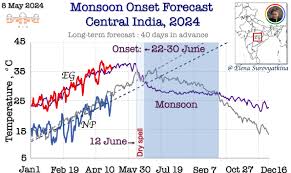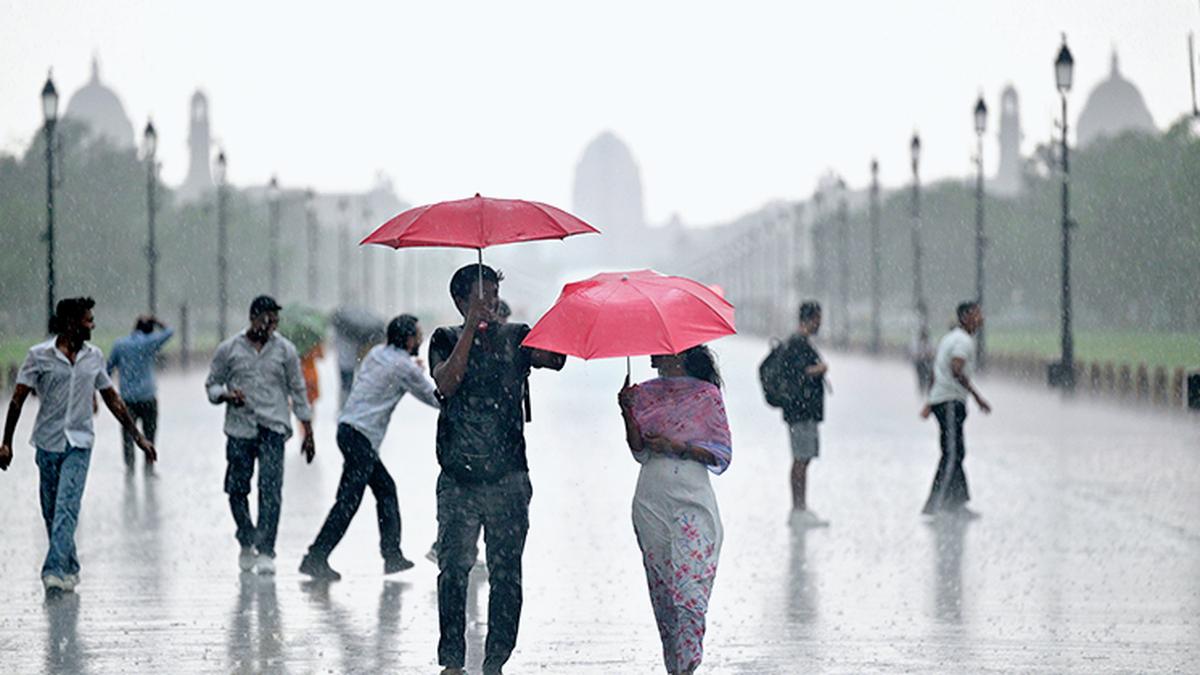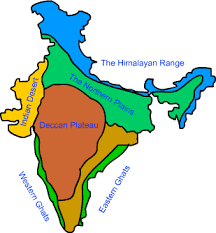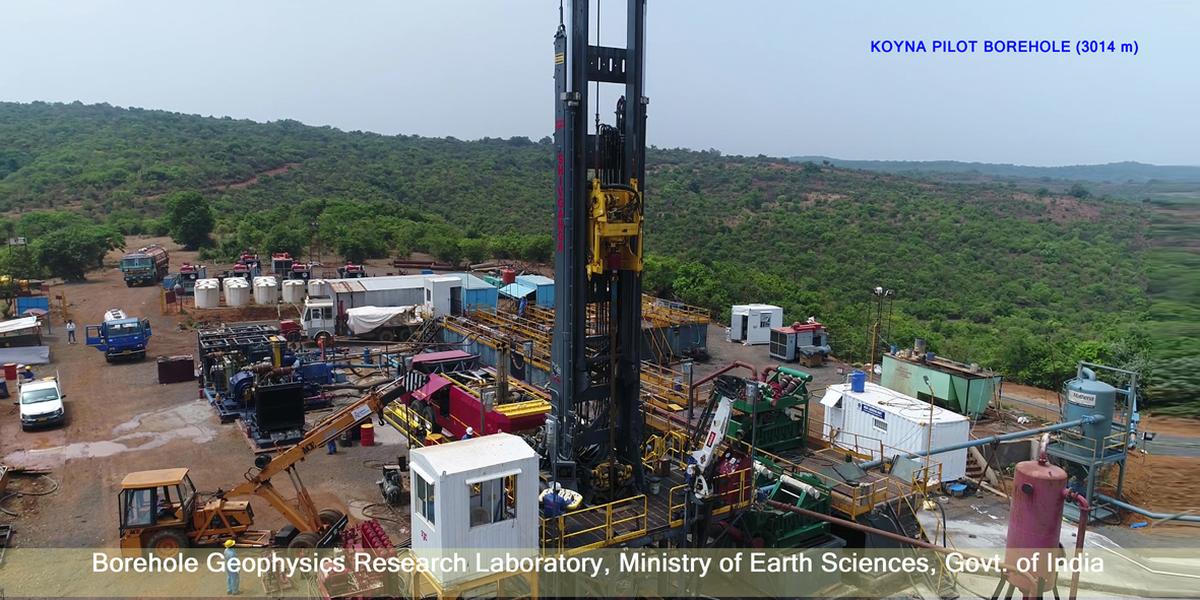The Hindu : Page 07
Syllabus : GS 1 : Geography
The 2024 monsoon has shown unexpected patterns with irregular rainfall distribution. While forecasts were based on anticipated La Niña conditions, actual rainfall has been patchy.
- Accurate local forecasting is crucial for agriculture and water management.Expanding weather monitoring and improving data collection across the subcontinent are recommended for better predictions.
Monsoon Evolution:
- The 2024 monsoon season began on May 30 as expected but has shown unexpected patterns.
- Rainfall distribution has been highly irregular, with some regions experiencing excess rain and others significant dryness.
- After a rapid northward movement of the monsoon trough, it stalled, leading to a dry June in many areas. Western Ghats have seen below-normal rainfall.
Regional Rainfall Patterns:
- An unusual pattern of excess rain has been observed from south to north, while areas like Uttar Pradesh, Bihar, Jharkhand, Odisha, and north-western India have experienced dry patches.
- This irregular distribution contrasts with predictions based on La Niña conditions, which seem to be inconsistent.
Forecasting Challenges:
- The analogy of monsoon systems popping like kernels in a kettle illustrates the inherent patchiness of rainfall.
- The ‘all-India monsoon rainfall’ index used by the India Meteorological Department (IMD) is useful for general outlooks but does not account for local variations.
- Accurate, hyperlocal forecasts are increasingly demanded by farmers, water managers, and energy companies due to the complex and patchy nature of rainfall.
Global and Regional Influences:
- The southwest monsoon is influenced by various factors, including the Arabian Sea winds, the Bay of Bengal’s convective events, and heating from West Asia and the deserts.
- Variability in the monsoon circulation is also affected by heating over the Himalayan foothills, Nepal, Bhutan, Myanmar, and Bangladesh.
- The monsoon’s complexity necessitates considering these broader influences for accurate forecasting.
Data and Forecasting Limitations:
- Despite IMD’s efforts to improve forecasting, the lack of real-time rainfall data and weather observations from parts of the subcontinent hampers accuracy.
- Global models used for forecasts often lack sufficient data for precise predictions, particularly for local scales.
Monitoring and Collaboration Needs:
- India has a historic rainfall monitoring network, but further investments in forecasting infrastructure are needed for improved accuracy.
- Better forecasting is crucial for economic growth, food, water, and energy security, as well as national security due to the impact of natural disasters.
- Extending weather and climate monitoring networks across the subcontinent could enhance safety and reduce vulnerability, benefiting all countries in the region.
Strategic Recommendations:
- Establish a broad network for weather and climate monitoring across the subcontinent.
- Improve data collection and forecasting capabilities to enhance local and regional forecast accuracy.
- Collaborate more extensively with neighbouring countries to share forecasts and improve overall regional safety and resilience.
UPSC Mains PYQ : 2017
Ques : What characteristics can be assigned to the monsoon climate that succeeds in feeding more than 50 percent of the won population residing in Monsoon Asia?






